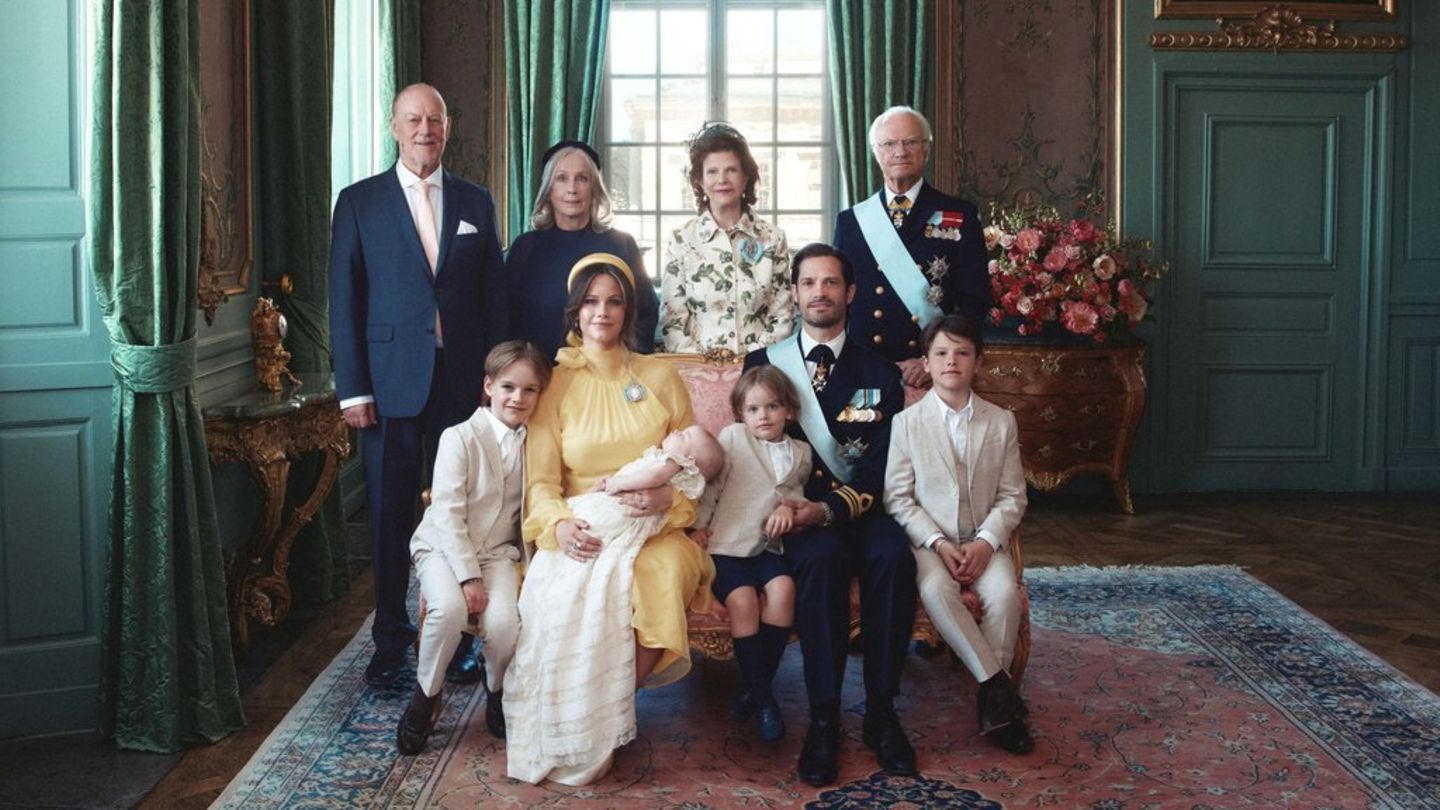I’m Caroline, a journalist and author for 24 Hours Worlds. I specialize in health-related news and stories, bringing real-world impact to readers across the globe. With my experience in journalism and writing in both print and online formats, I strive to provide reliable information that resonates with audiences from all walks of life.
Menu
WHO: Why a pandemic agreement is important but still a long way off
Categories
Most Read
Nail biting: How to break the habit
October 20, 2025
No Comments
Time change 2025: Why are we still turning the clock?
October 18, 2025
No Comments
Children with a cold: How many infections are normal for little ones?
October 18, 2025
No Comments
Cell Phone Regret: She grabs me and shakes me
October 17, 2025
No Comments
New column “The Feeling of the Week”. This time: cell phone regret
October 17, 2025
No Comments
Latest Posts

Cruciate ligament rupture: Why female soccer players are susceptible to the injury
October 22, 2025
No Comments
football Why women are susceptible to cruciate ligament tears – and what should change now The renewed injury to national player Lena Oberdorf is an

DB Cargo: Deutsche Bahn fires boss Sigrid Nikutta
October 22, 2025
No Comments
Media reports The railway fires cargo boss Sigrid Nikutta Listen to article Copy the current link Add to watchlist The Railway freight transport subsidiary DB

Prince Carl Philip and Princess Sofia: New photo of Princess Ines
October 22, 2025
No Comments
Lisa HarrisI am an author and journalist who has worked in the entertainment industry for over a decade. I currently work as a news editor
24 Hours Worlds is a comprehensive source of instant world current affairs, offering up-to-the-minute coverage of breaking news and events from around the globe. With a team of experienced journalists and experts on hand 24/7.

